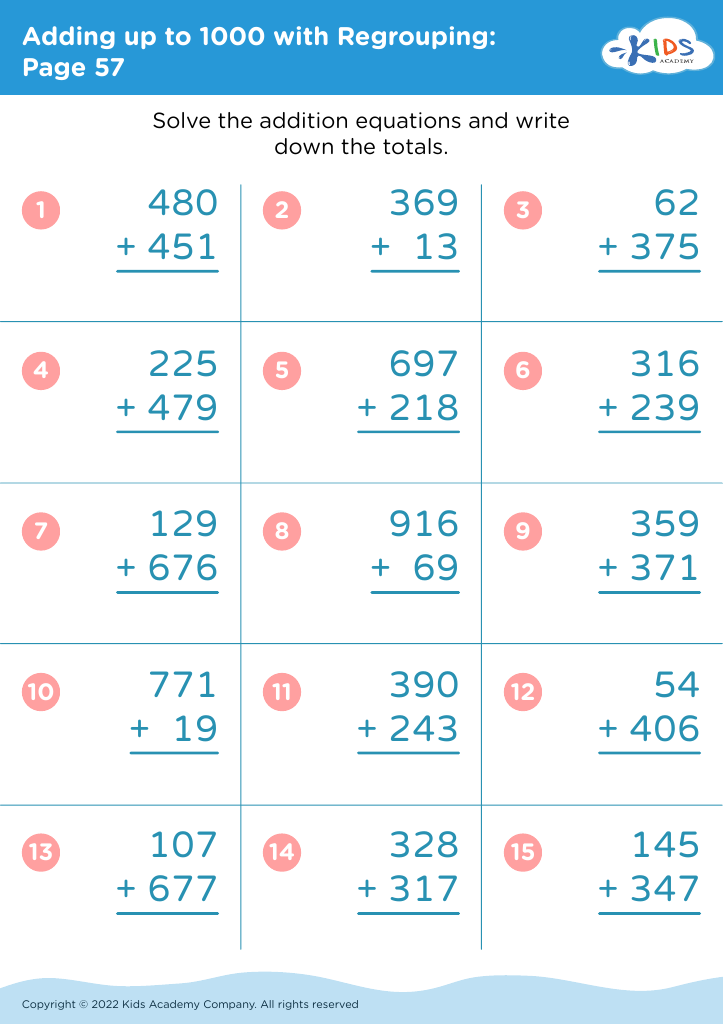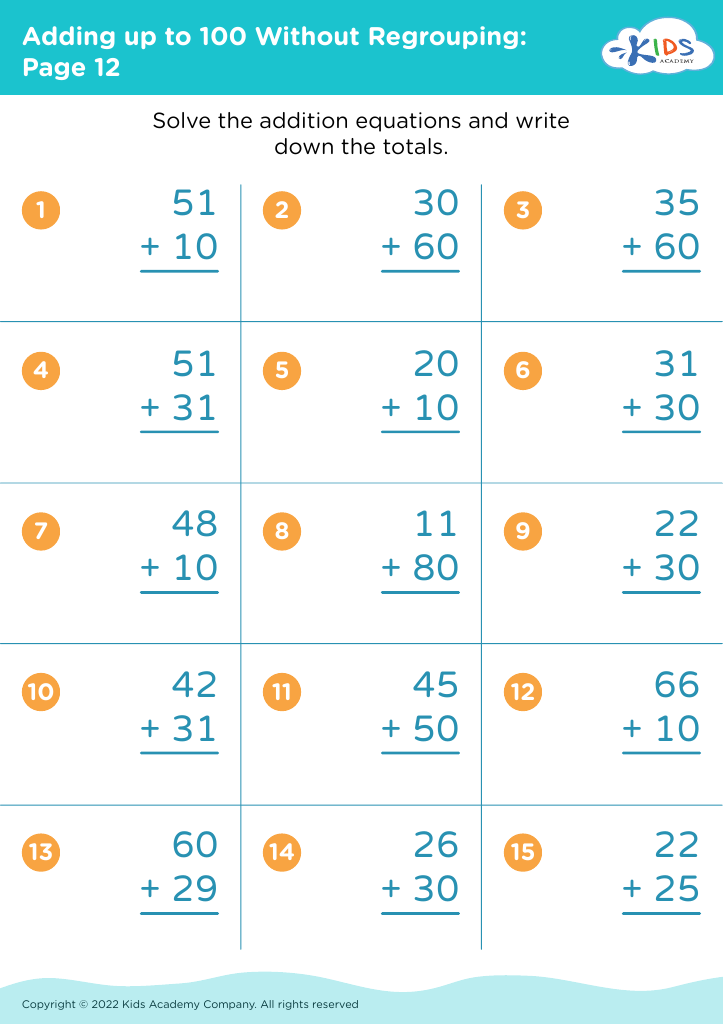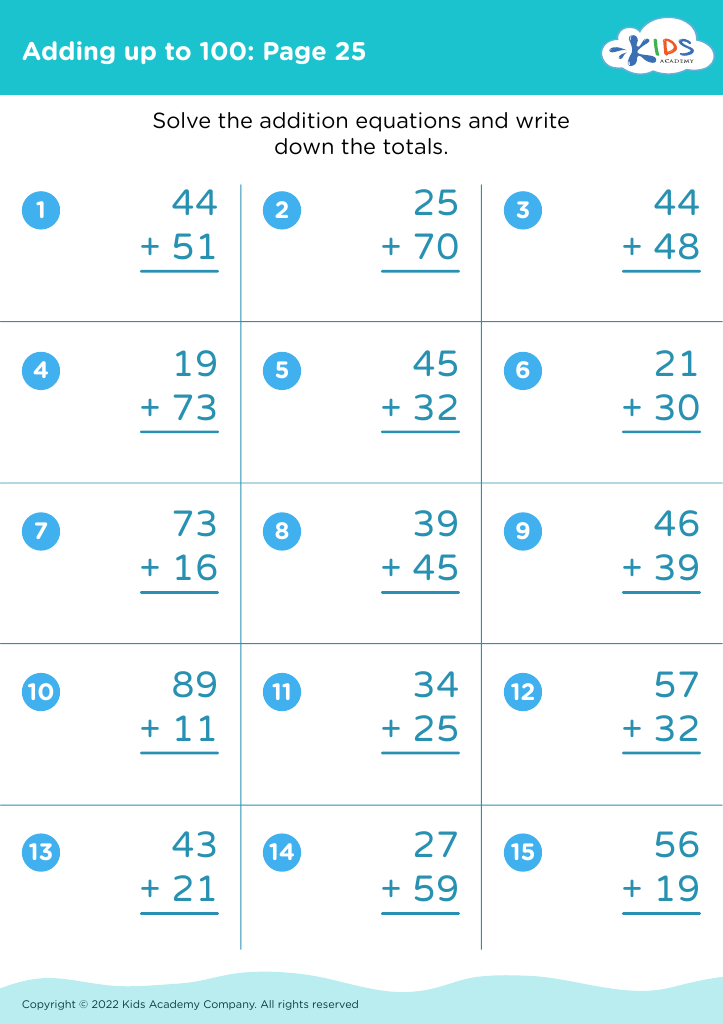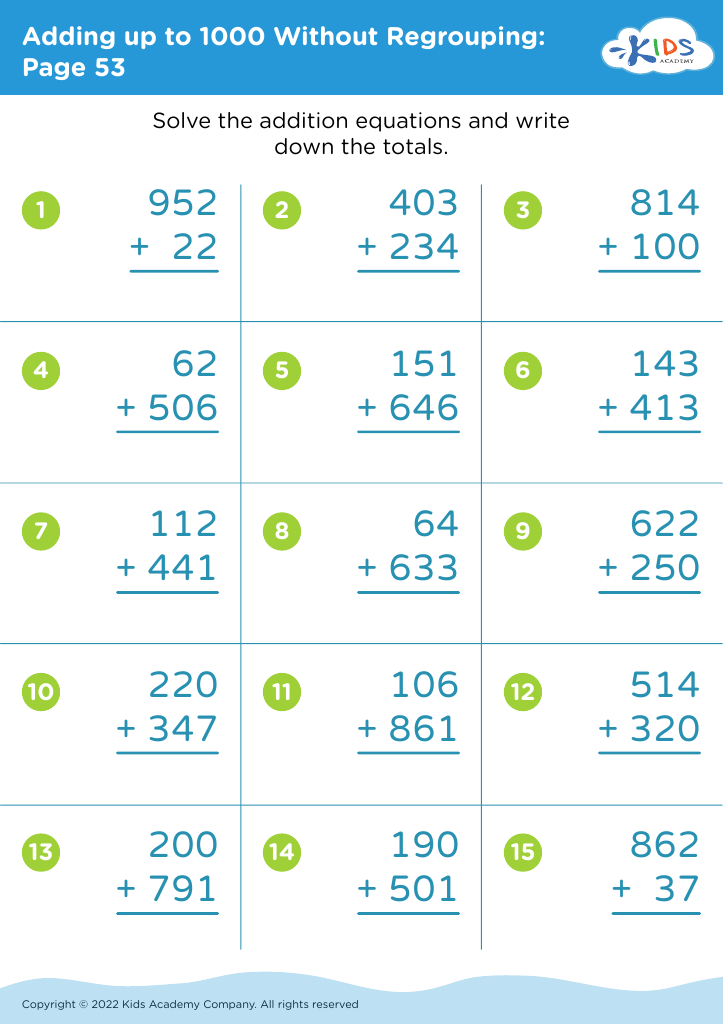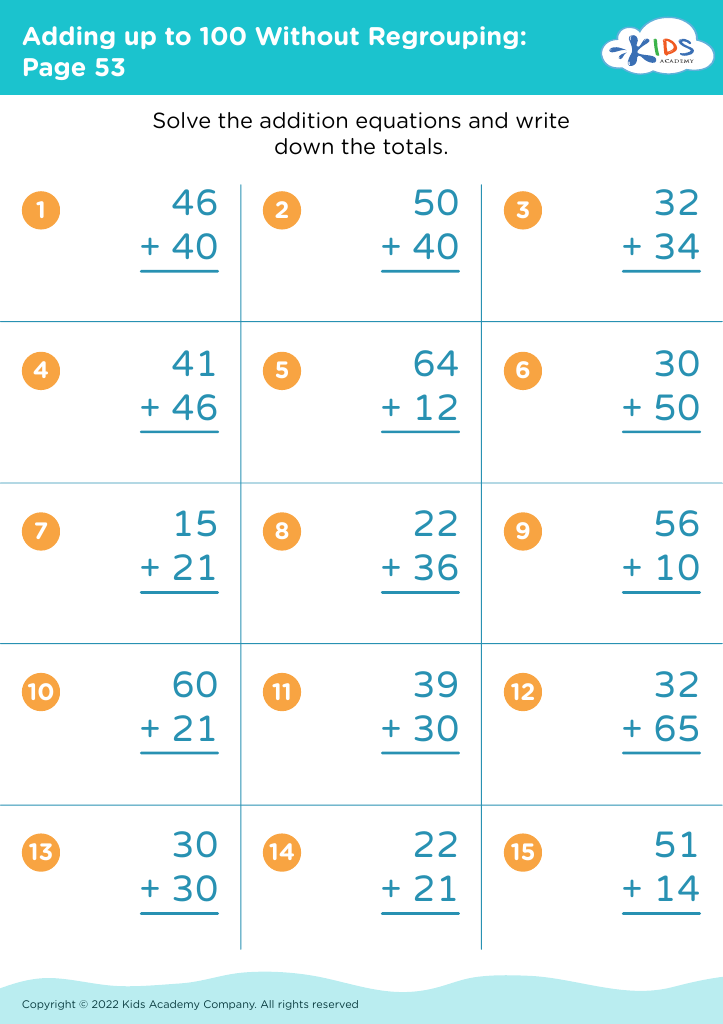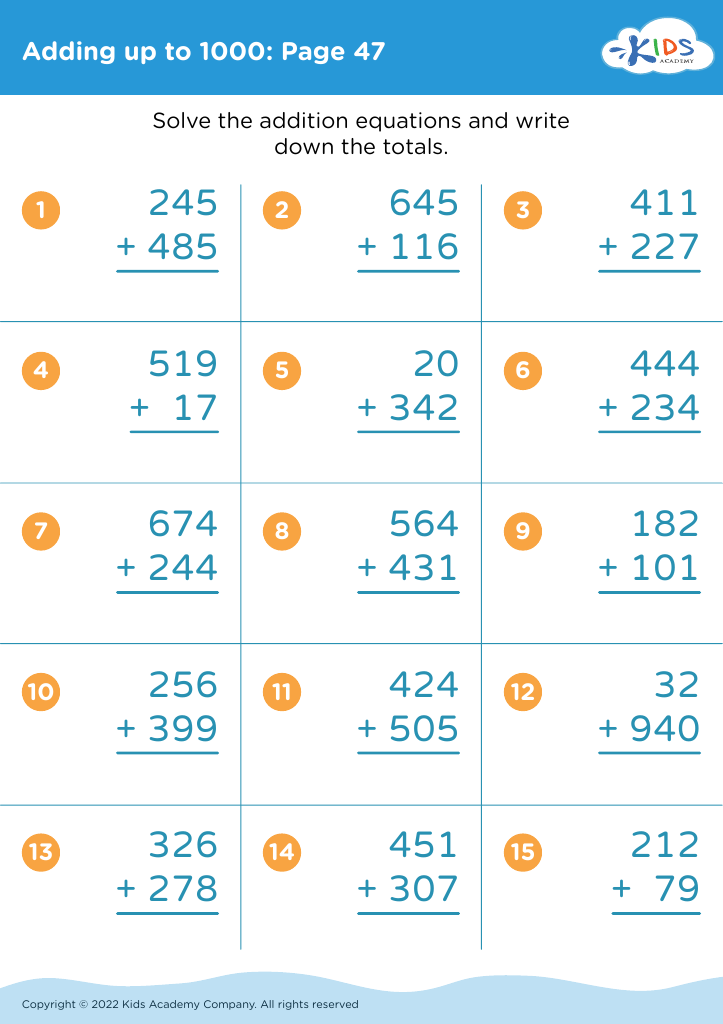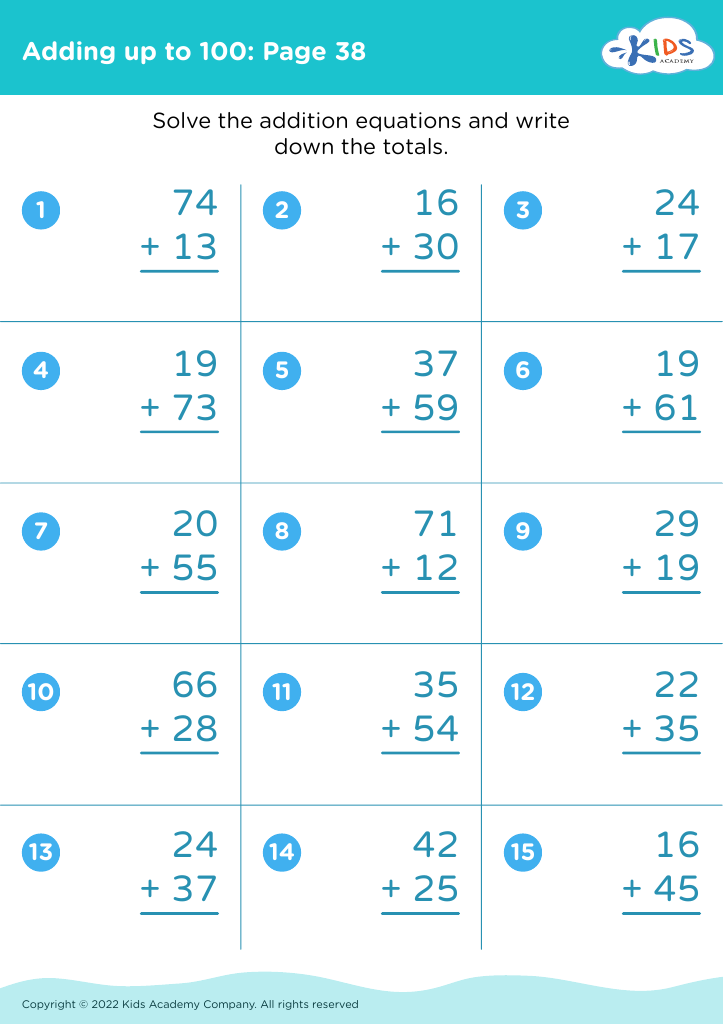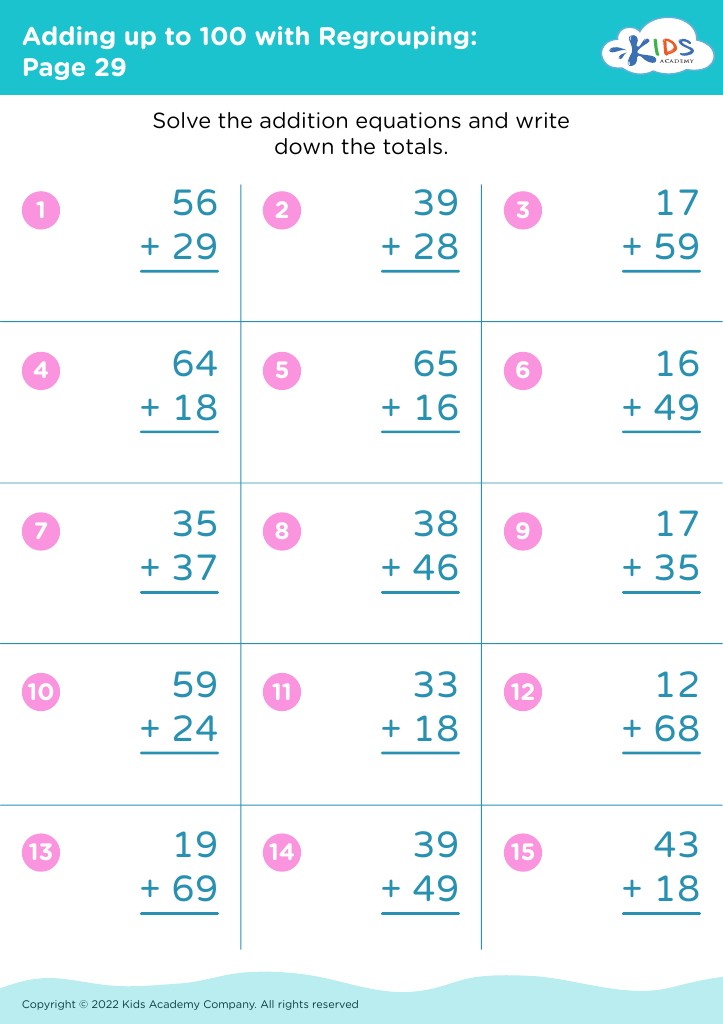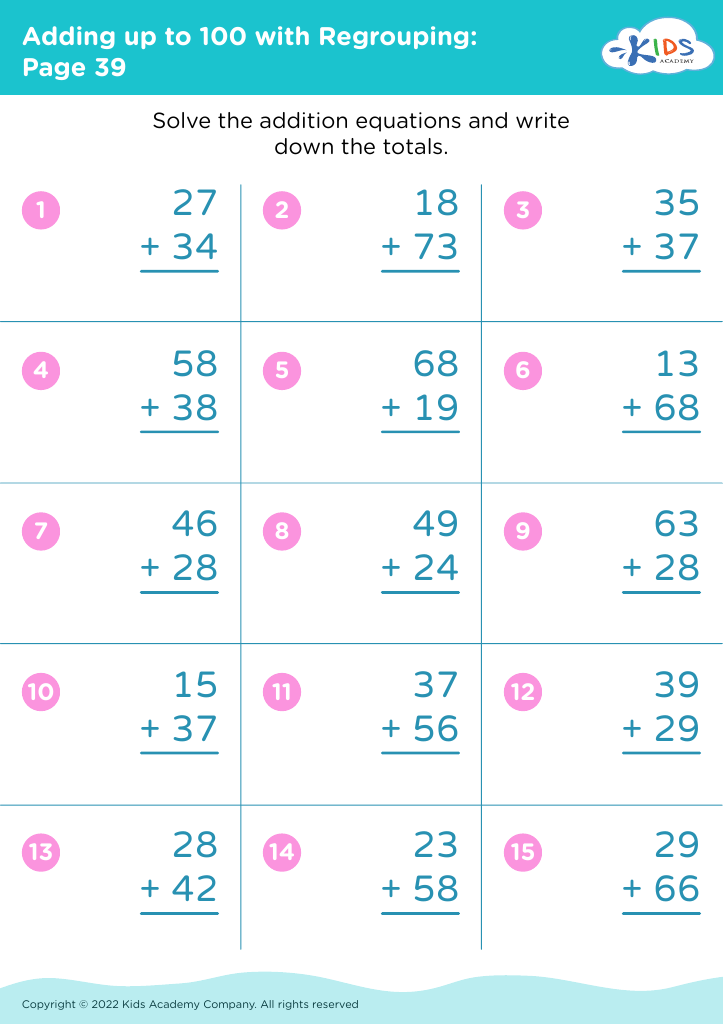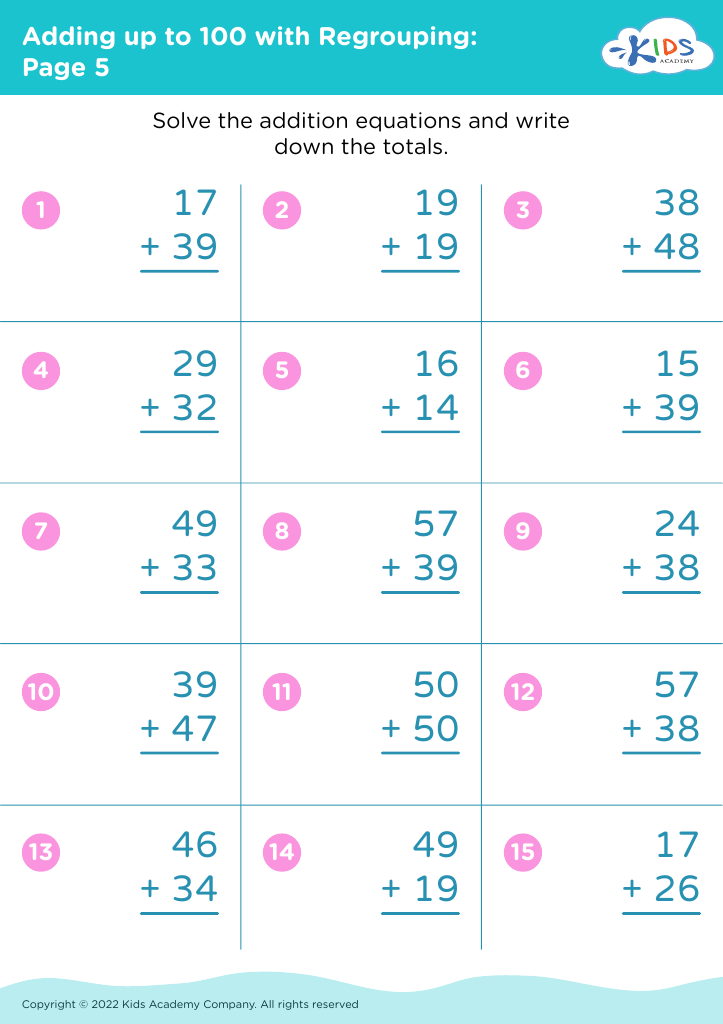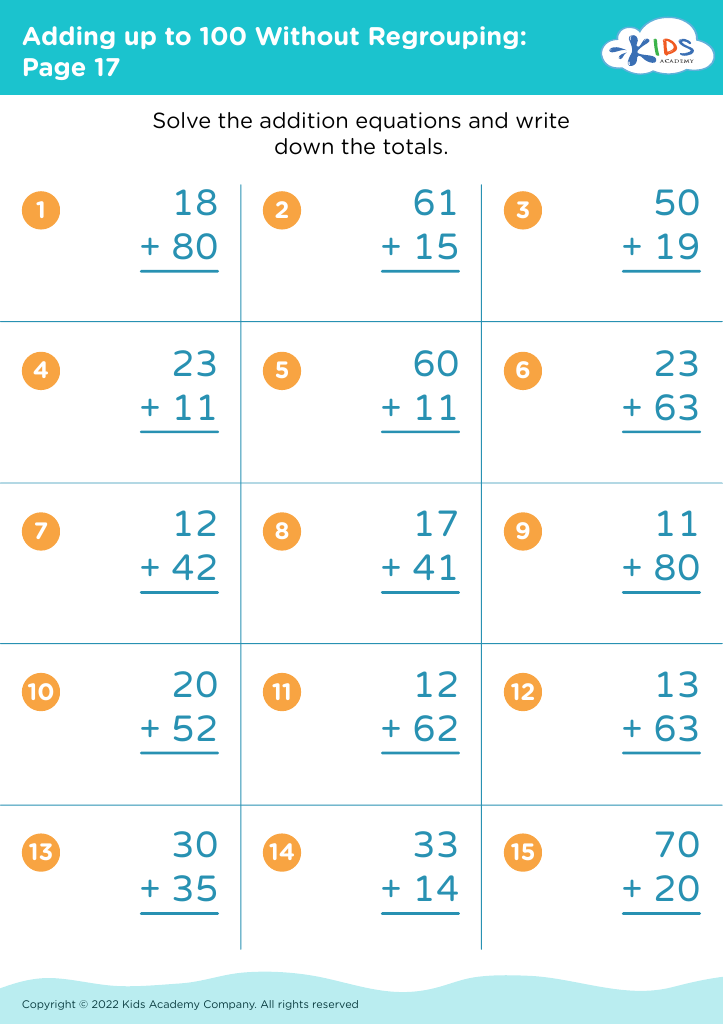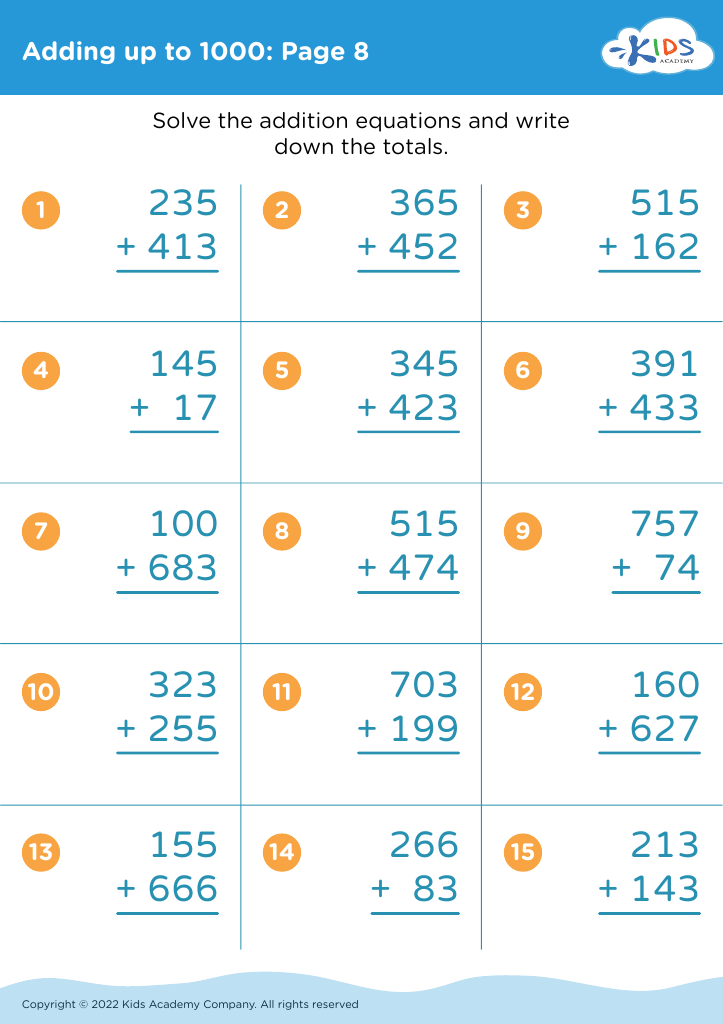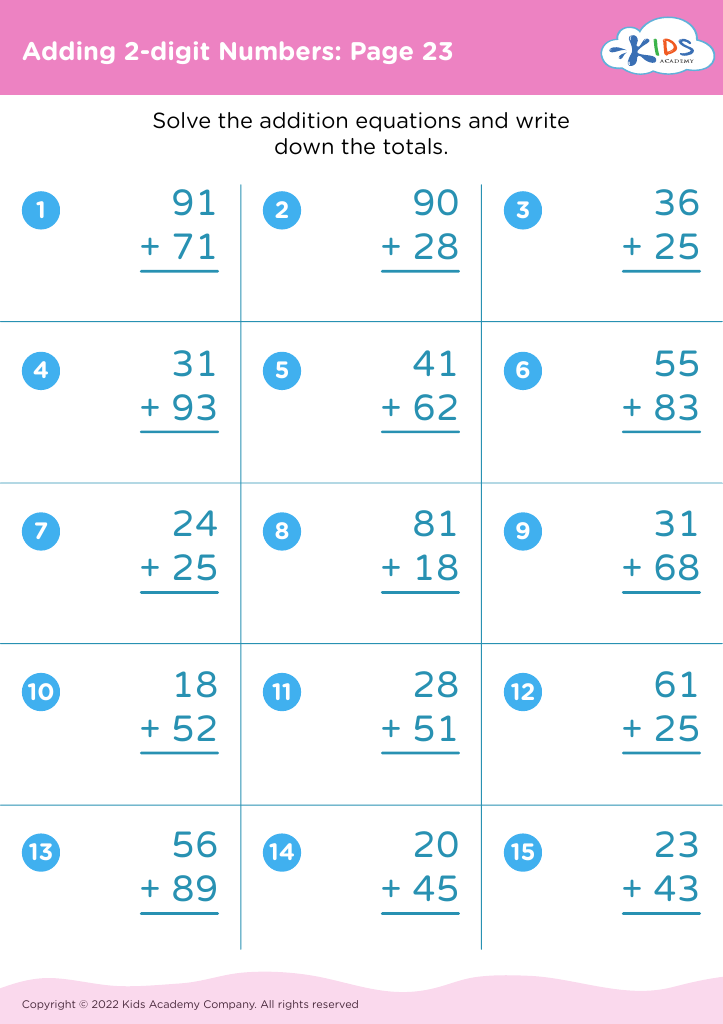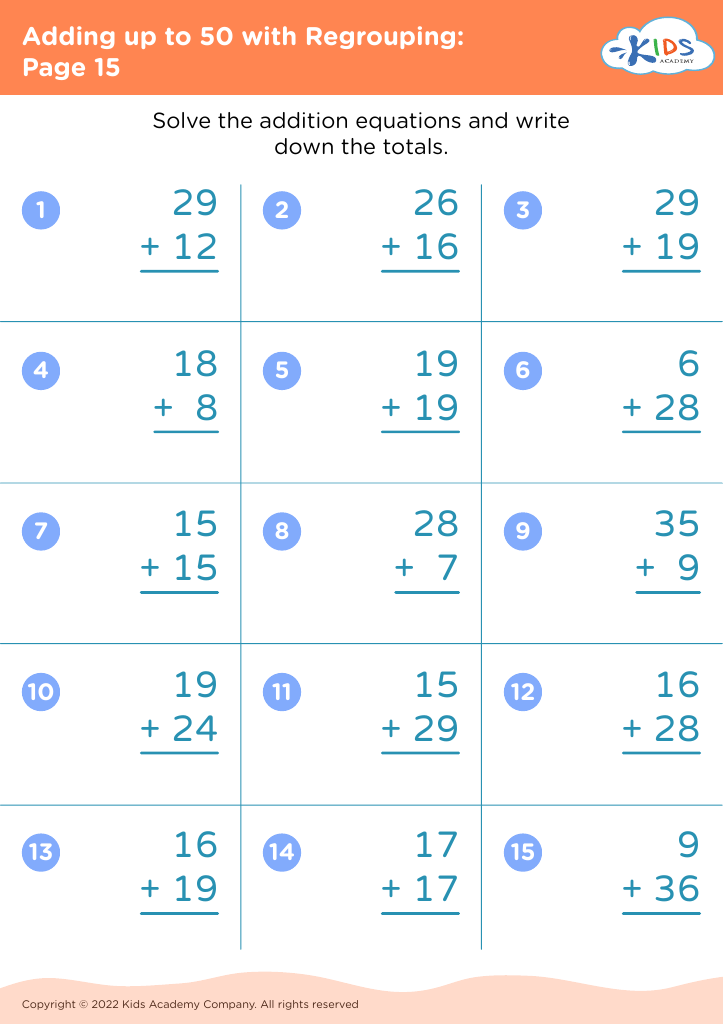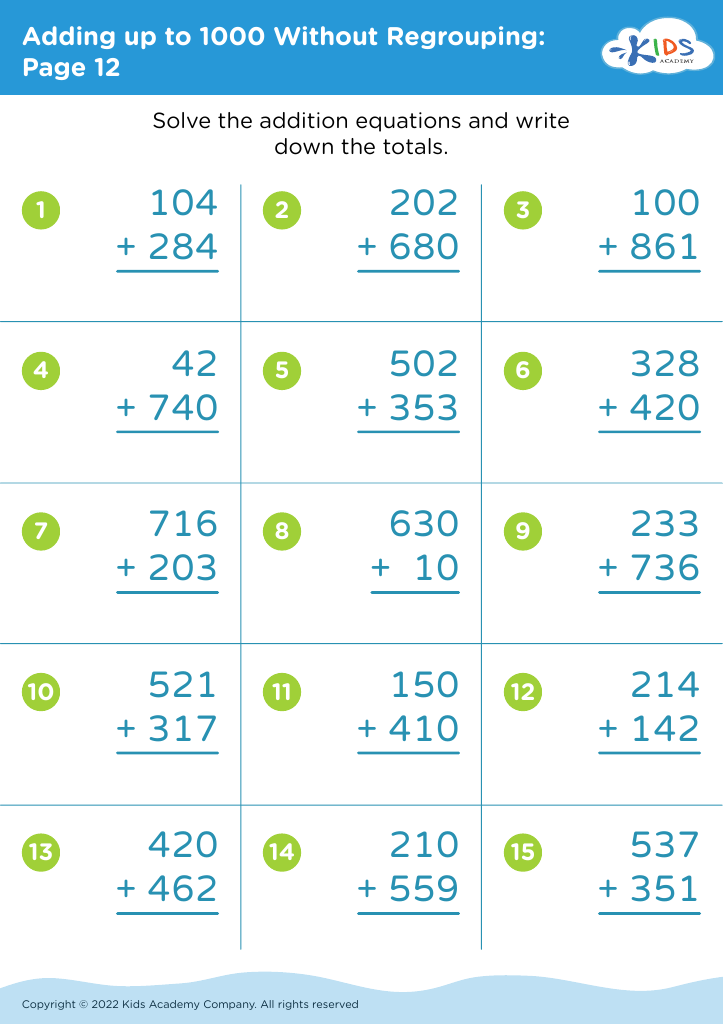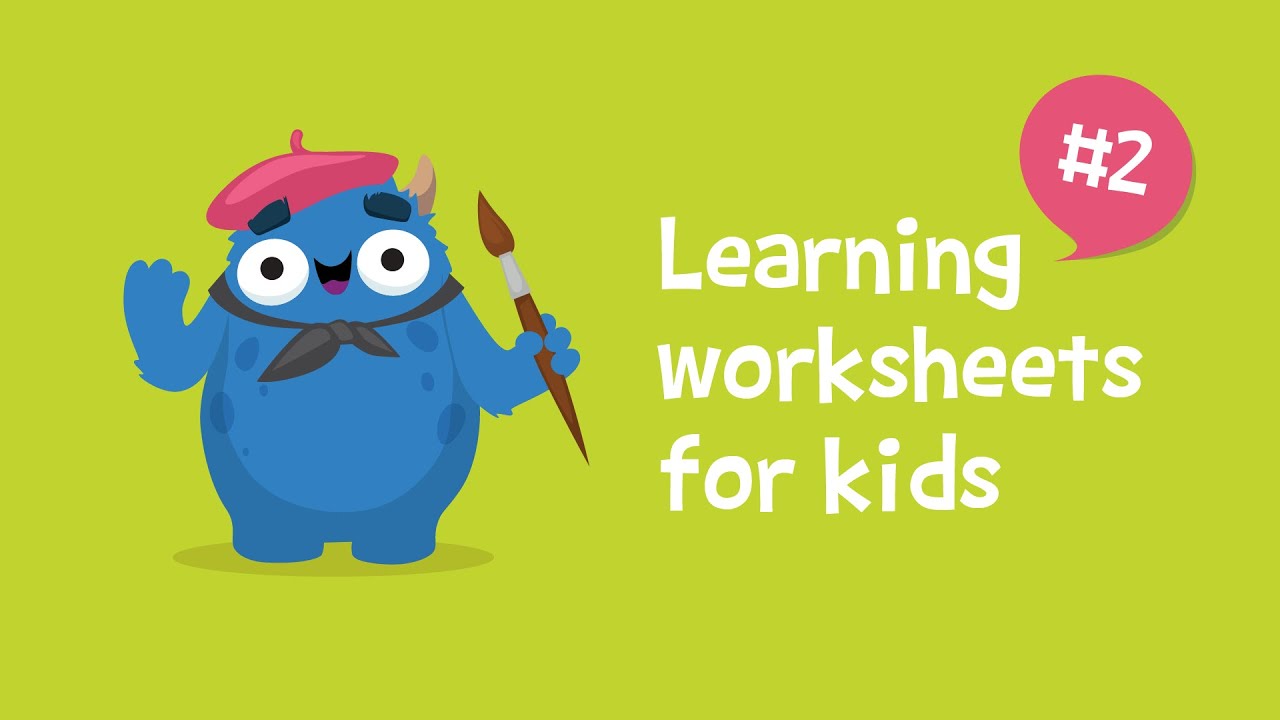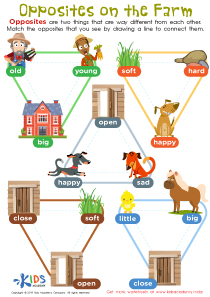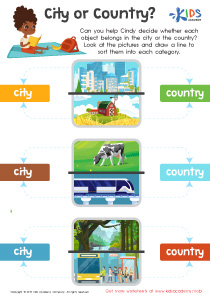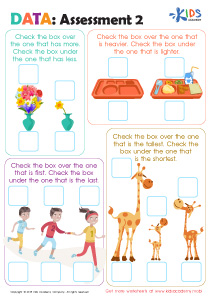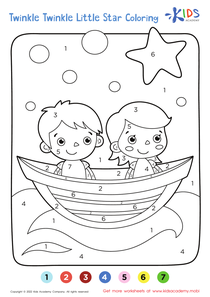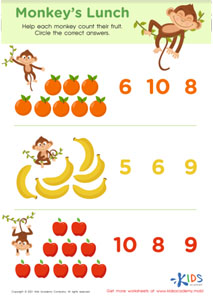Counting skills Math Worksheets for Ages 8-9
150 filtered results
-
From - To
Boost your child's confidence with our expertly designed counting skills math worksheets for ages 8-9. These engaging worksheets from Kids Academy help reinforce fundamental counting concepts, including skip counting, number sequences, and place value recognition. Perfect for both classroom and home use, our visually appealing and interactive exercises challenge young learners while making math fun. Tailored to meet curriculum standards, our worksheets support different learning styles, enhance problem-solving skills, and promote mathematical fluency. Transform counting into an enjoyable experience and lay a solid foundation for future arithmetic success with Kids Academy's top-notch resources.
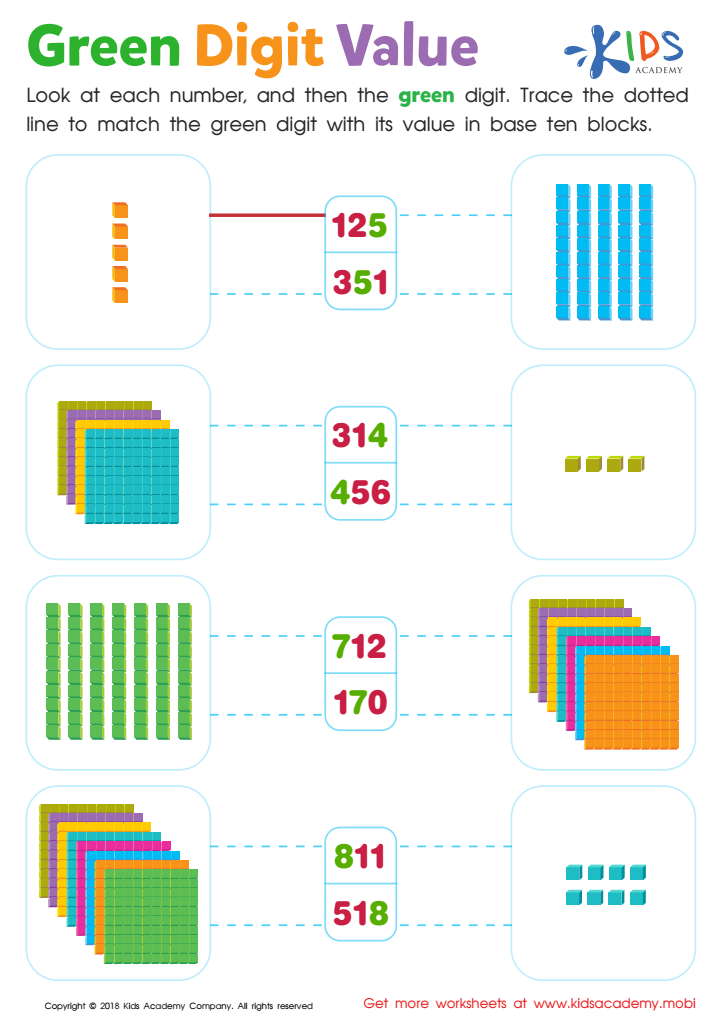

Green Digit Value Worksheet
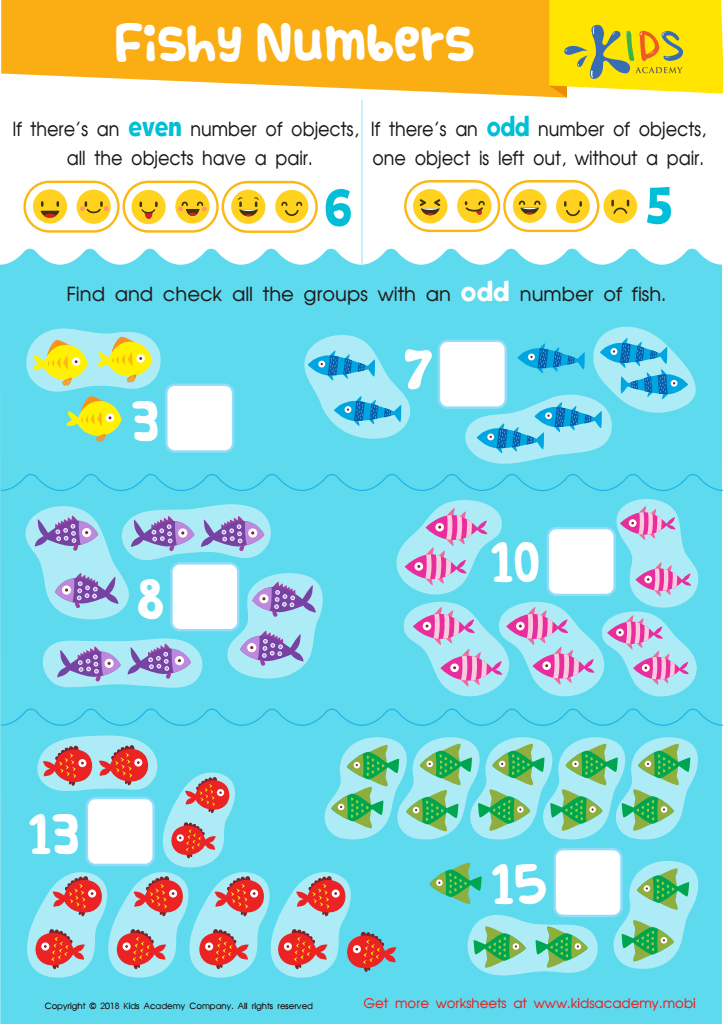

Fishy Numbers Worksheet
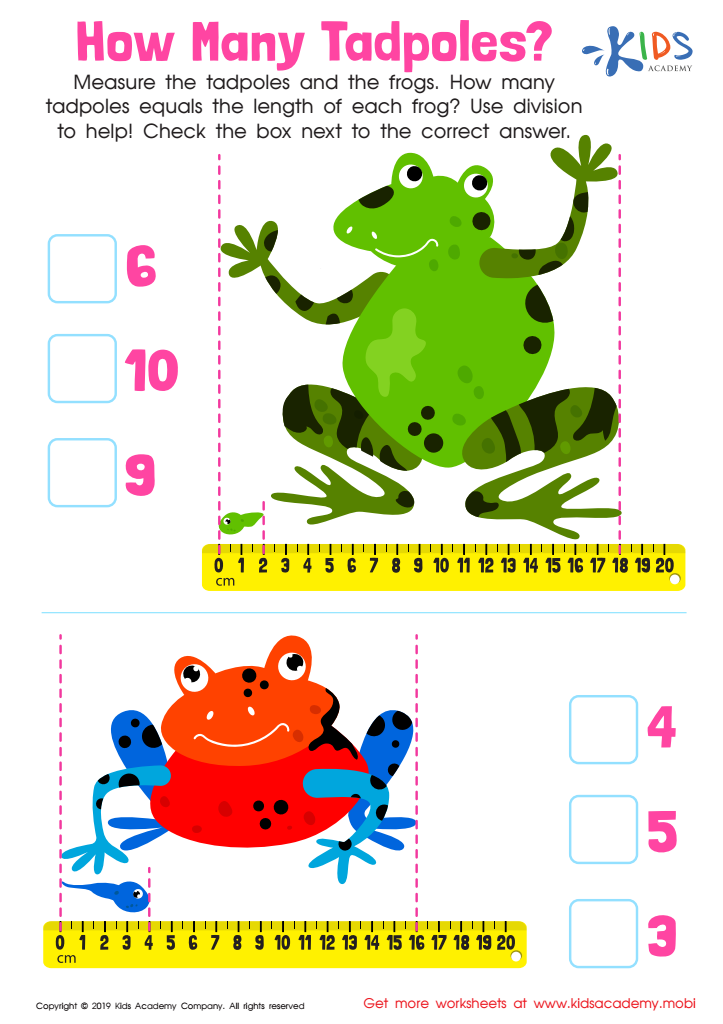

How Many Tadpoles Worksheet
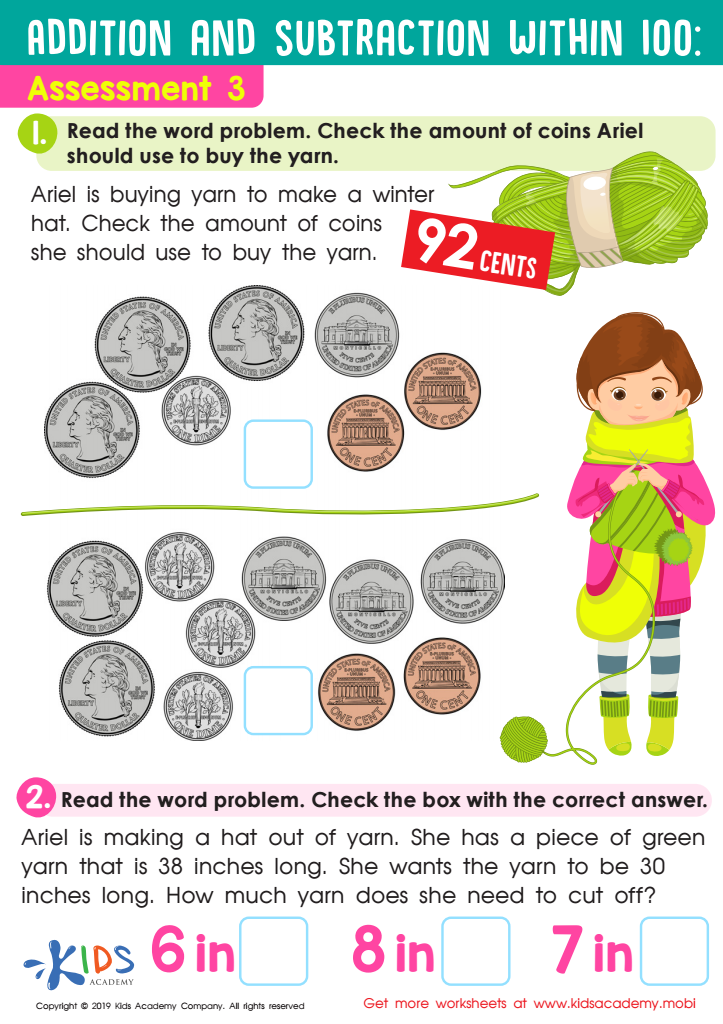

Assessment 3 Math Worksheet
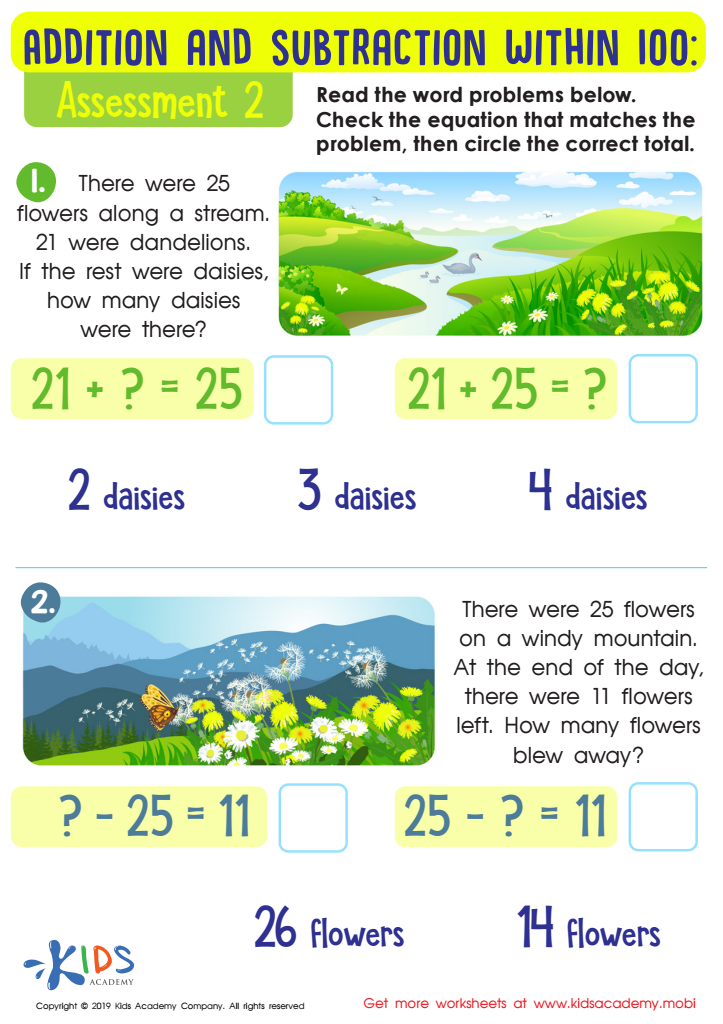

Assessment 2 Math Worksheet
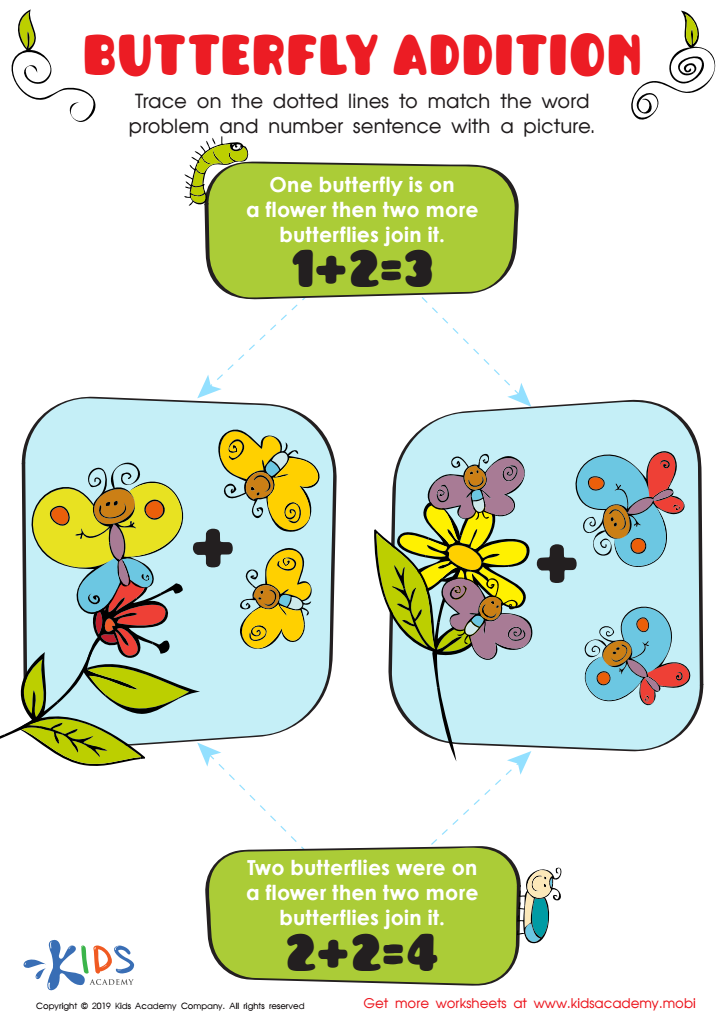

Butterfly Addition Worksheet
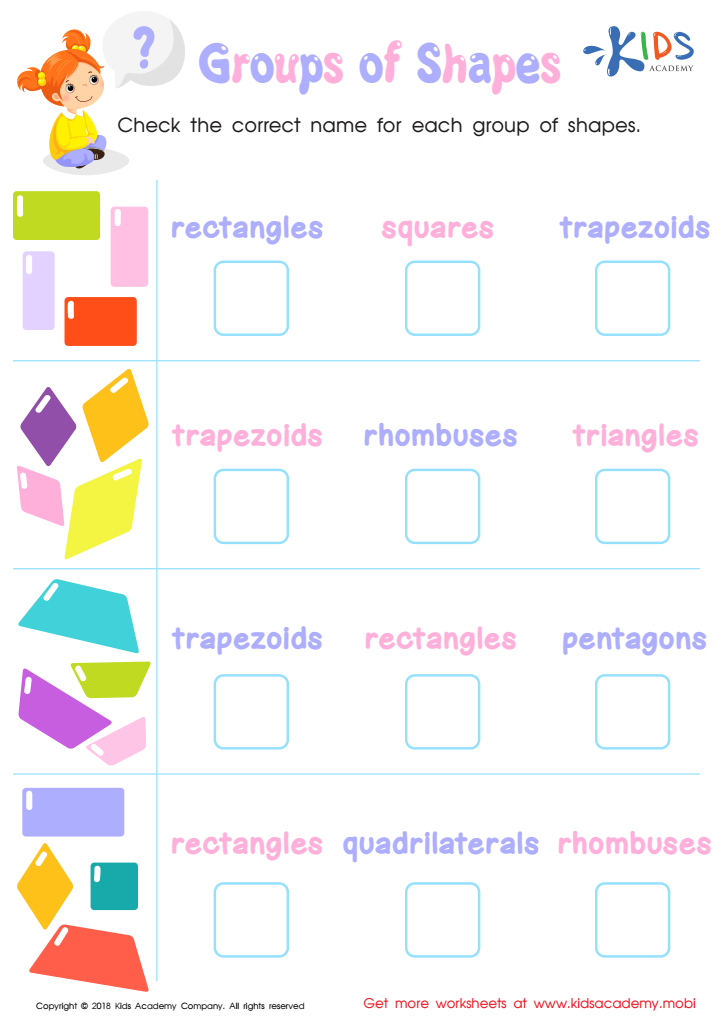

Groups of Shapes Worksheet
Counting skills are fundamental building blocks for children aged 8-9, often at the key stage of primary education. Mastery of counting is crucial because it serves as the foundation for more complex mathematical concepts such as addition, subtraction, multiplication, and division. At this age, students transition from concrete to more abstract mathematical thinking; understanding counting helps them make this shift more smoothly.
For parents and teachers, ensuring that children are proficient in counting skills enables the development of logical reasoning and problem-solving abilities. Counting trains the brain to think sequentially and recognize patterns, both of which are essential not just for mathematics but for everyday decision-making and tasks.
Moreover, confidence in basic counting promotes a positive attitude towards math in general. When children understand and can manipulate numbers effectively, they are more likely to enjoy the subject and less likely to experience math anxiety. This can have long-term benefits, encouraging a proactive approach to learning and making children more resilient when facing academic challenges.
Lastly, counting skills also have practical uses in daily life, such as managing money, telling time, and following steps in a process, thereby promoting independence. Therefore, supporting strong counting skills helps set the stage for academic success and everyday competency.
 Assign to My Students
Assign to My Students
